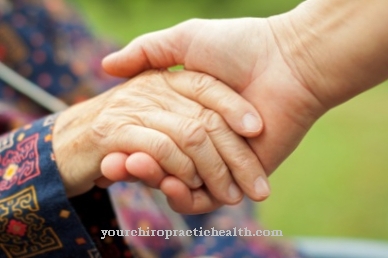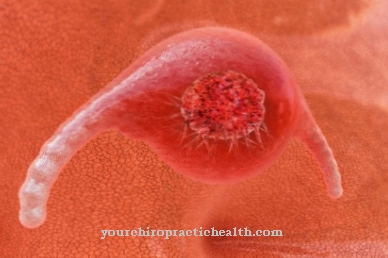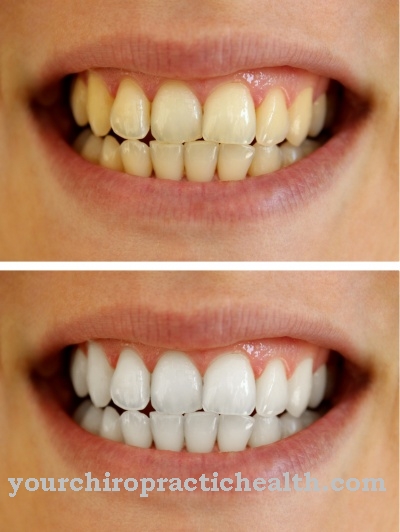If you tell a young woman that the pain of childbirth is unnatural and that you can turn it off without injections and anesthesia, she first shakes her head in disbelief. Isn't this pain a matter of course? Doesn't the obvious misunderstanding between the size of the child's body and the narrowness of the female reproductive organs inevitably lead to severe pain?
Development of fear of pain during childbirth and delivery

On the same day that the growing girl learns for the first time about the origin of human life from the mother's womb, with the exhilarating premonition of motherhood, the germ of fear descends in the young soul. The mother-to-be has no inkling of the useful effects of the hormones that are produced in enormous quantities in the placenta and that for nine months prepares, loosens and softens the birth canals of the pregnant woman for the child to pass through.
Nobody probably tells her that the child's head, which is paving the way, gradually presses the blood out of the extremely stretched soft tissue and that the resulting bloodless vagina, perineum and labia are so insensitive that tears can be sewn immediately after birth without anesthesia.
In their imagination, the certainty prevails that the child must cause pain when leaving the womb through such a narrow opening. Countless impressions of the world of experience consolidate this certainty from youth onwards, starting with the observation that most births take place in hospitals and that doctors, similar to diseases and operations, play an important role in this. In addition, novels and short stories, in films and audio books, are far more terrifying than encouraging depictions of childbirth.
In addition, births with a difficult or even unfortunate course are a popular topic of conversation that can be expanded, and even the easiest birth is more likely to be highlighted than trivialized in the women's exchange of experiences. This creates and grows an elementary fear complex that is more anchored in the subconscious and which is favored by numerous influences during the course of pregnancy.
Its effects are by no means limited to the emotional life. As soon as the rhythmic contractions of the uterine muscles (labor pains) herald the beginning of the birth, fear and ignorance, expectation of pain and a mood of panic set a complex mechanism in motion.
Birth & delivery without fear & pain
Its end product is the pain in childbirth, which more than 90 percent of women giving birth in western peoples feel and express more or less clearly. However, modern research assumes that the normal, uncomplicated birth is naturally painless or at least without any significant pain. Of course, the act of childbirth is accompanied by irritation of sensitive nerve endings, which can trigger unpleasant sensations. Metabolic processes in uterine contraction, tissue expansion, compression of neighboring organs, etc.
That these mechanically induced stimuli do not have to be painful is proven by the five to eight percent of all births that are painless without our intervention. (According to recent studies, this percentage is said to be 90 percent in the still existing indigenous peoples of Africa and Asia.) It is not uncommon for these sensations to be processed in the higher parts of the nervous system (diencephalon and cerebrum) to cause severe pain.
The cerebral cortex, the organ of our consciousness formation and the mental processing of all sensory perceptions, constantly receives an endless number of impulses from the body's organs. Your excitability threshold is normally set in such a way that our consciousness only perceives the impulses that are constantly flowing in, while all others are inhibited. By raising the excitability threshold, the cerebral cortex can transform impulses of minor vital importance into subliminal impulses in order to spare the organism unnecessary reactions.
In this way, during childbirth, she can inhibit the mechanically conditioned, natural sensory impulses from the organs of the small pelvis and thus keep them under the wave of pain sensation. The excitability threshold is usually lowered in the parturient who are ignorant and unprepared for the onset of labor. It is not only the elementary fear of pain and danger described at the beginning that robs the cerebral cortex of its tension and makes it more difficult to inhibit the rhythmic stimulus impulses from the uterus.
Various complaints and disfiguring stretch marks have aroused feelings of discomfort. Not infrequently, social hardship, professional anger or even marital conflicts weigh heavily on the mind. Numerous unfavorable emotional influences are to blame for the fact that in most expectant mothers the functionality of the cerebral cortex is more and more disturbed as the pregnancy progresses. The situation continues to worsen during the delivery. The woman comes into the delivery room, in which it is not uncommon for some “companions in suffering” to complain.
And like generations before her, she makes her way through the dark gate of fear and fear: ignorant, discouraged, resigned to fate and passive. She takes the pain like an unalterable toll. The cry under the contraction brings relief. In an instinctive urge to act, she tosses and turns. The cramping of the voluntary muscles spreads to the muscle fibers of the uterine closure and makes the opening process more difficult.
Birth without pain through psychoprophylactic birth preparation
Physical and mental strength is wasted here, exhaustion becomes noticeable. The birth takes longer, is more stressful for the child, and requires more medical assistance. This behavior is certainly not the norm. We have described it in this clarity in our article: Birth without pain through psychoprophylactic birth preparation in order to make the starting points of psychoprophylaxis understandable.
It is a program of educational, psychotherapeutic and gymnastic measures that prevent the above-mentioned disturbances in the processing of natural birth sensations. First and foremost is the elimination of disturbing emotional and psychological stress that impair the level of activity and the inhibitory capacity of the cerebral cortex. Individual medical advice and the exhaustion of all social and material support options are of fundamental importance.
In order to eradicate the fear of childbirth, which has been dragged along from one generation to the next since time immemorial, expectant mothers learn the most important basics during the psychoprophylactic birth preparation in the third to fifth month. You can find more information, as already mentioned, in our article on childbirth without pain through psychoprophylactic birth preparation.

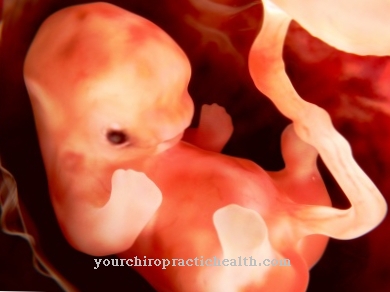



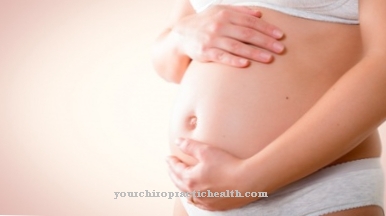










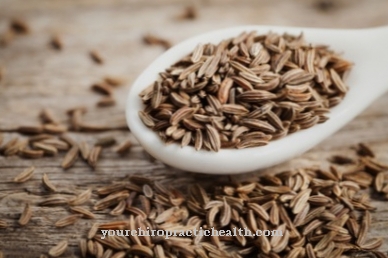



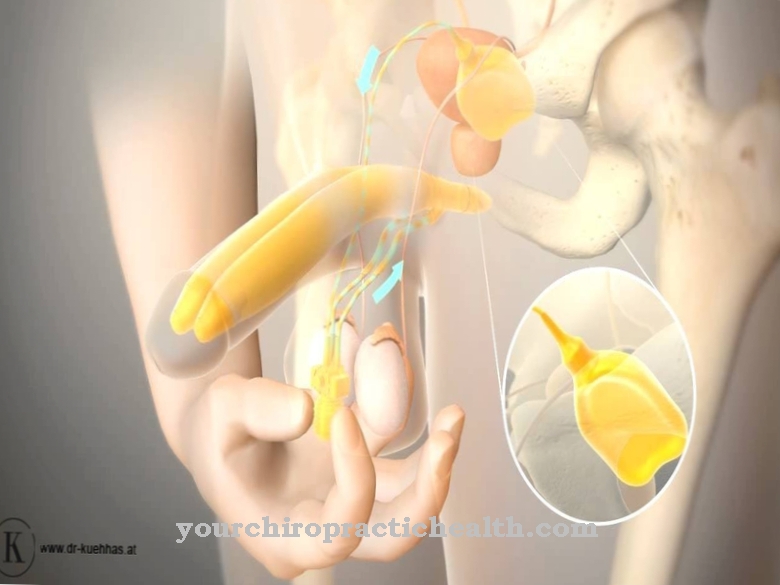
.jpg)
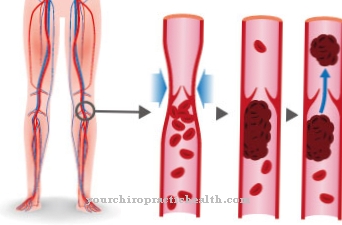
.jpg)
